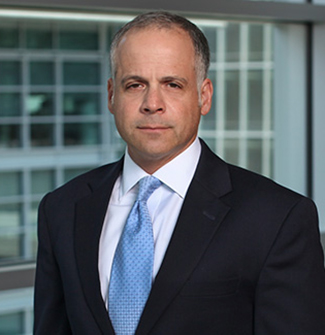In 2006, Bear Stearns agreed to a $250 million “neither admit nor deny” settlement with the SEC to settle charges that it facilitated late trading and deceptive market timing by its hedge fund customers. $160 million of that settlement payment was characterized in the SEC’s Order as disgorgement of profits, even though Bear Stearns contended its own profits from the trades were less than $17 million. J.P. Morgan (the successor to Bear Stearns) sought D&O insurance coverage for the portion of the disgorgement payment that was attributable to the profits of its hedge fund customers, rather than revenue it received. The insurers denied the Bank’s claim on the ground that New York public policy prohibits insurance coverage for disgorgement payments. Disgorgement, the reasoning goes, is the return of ill-gotten gains and therefore payment for intentionally caused harm. The insurers also argued that disgorgement does not qualify as a “loss” or “damage” under terms of the insurance policies. The trial court agreed and dismissed Bear Stearns coverage suit against its D&O insurers.
On June 11 the New York Court of Appeal reinstated Bear Stearns’s coverage action. J.P. Morgan Securities Inc., et al. v. Vigilant Ins. Co., et al., 2013 N.Y. LEXIS 1465 (June 11, 2013). The Court of Appeal held that the Court must look beyond the labels of the SEC Order and even beyond its findings that the Bank’s securities law violations were willful. Those findings, the Court held, were not sufficient to conclusively establish that Bear Stearns intentionally caused harm. In short, the Court of Appeal allows the possibility of coverage for disgorgement if the insured can demonstrate that the payment, although labeled “disgorgement”, is actually payment for something else that might otherwise qualify for insurance coverage.
The June 11 ruling is notable for another reason – it came the week before SEC Chairwoman Mary Jo White announced that the SEC would depart in some cases from its long-established practice of “neither admit nor deny” settlements. It is an open question whether the Court of Appeal would have allowed J.P. Morgan/Bear Stearns’ coverage action to proceed if its settlement with the SEC had not included a neither admit nor deny provision. The Court’s willingness to look beyond the disgorgement label further highlights the importance of avoiding binding admissions wherever possible, so as to leave open every possible coverage avenue.











